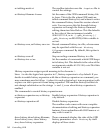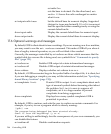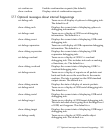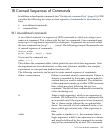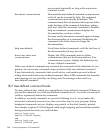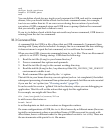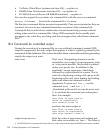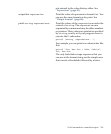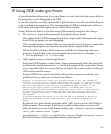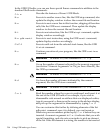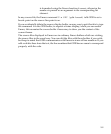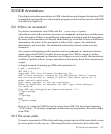• VxWorks (Wind River Systems real-time OS): .vxgdbinit
• OS68K (Enea Data Systems real-time OS): .os68gdbinit
• ES-1800 (Ericsson Telecom AB M68000 emulator): .esgdbinit
You can also request the execution of a command file with the source command:
source filename Execute the command file filename.
The lines in a command file are executed sequentially. They are not printed as they are
executed. An error in any command terminates execution of the command file.
Commands that would ask for confirmation if used interactively proceed without
asking when used in a command file. Many GDB commands that normally print
messages to say what they are doing omit the messages when called from command
files.
4
18.4 Commands for controlled output
During the execution of a command file or a user-defined command, normal GDB
output is suppressed; the only output that appears is what is explicitly printed by the
commands in the definition. This section describes three commands useful for generating
exactly the output you want.
echo text Print text. Nonprinting characters can be
included in text using C escape sequences, such
as \n to print a newline. No newline is printed
unless you specify one. In addition to the
standard C escape sequences, a backslash
followed by a space stands for a space. This is
useful for displaying a string with spaces at the
beginning or the end, since leading and trailing
spaces are otherwise trimmed from all
arguments. To print and foo = , use the
command echo \ and foo = \ .
A backslash at the end of text can be used, as in
C, to continue the command onto subsequent
lines. For example,
echo This is some text\n\
which is continued\n\
onto several lines.\n
produces the same output as
echo This is some text\n
echo which is continued\n
echo onto several lines.\n
output expression
Print the value of expression and nothing but
that value: no newlines, no `$nn = '. The value is
4. On DOS/Windows systems, the home directory is the one pointed to by the HOME environment variable.
290 Canned Sequences of Commands



